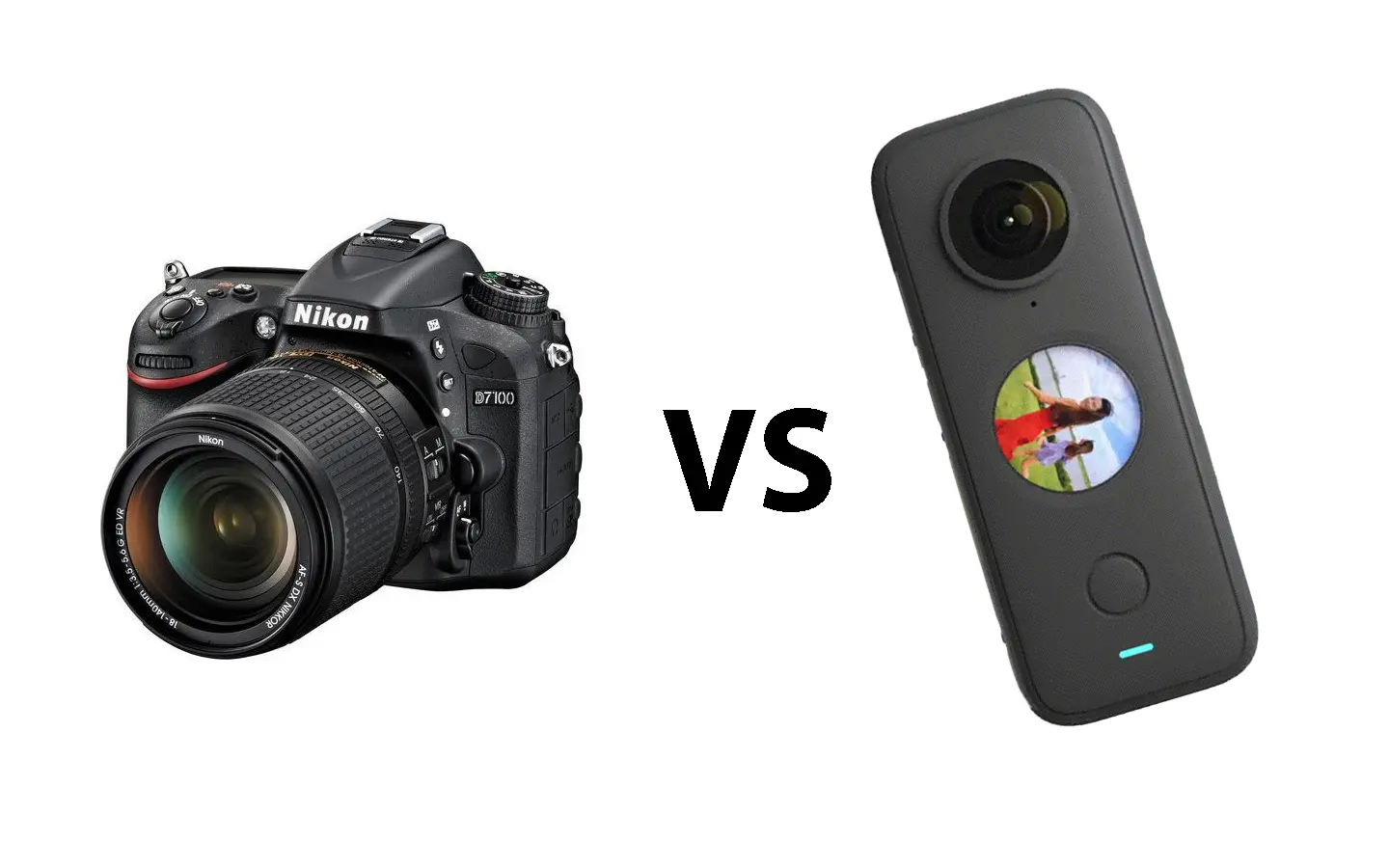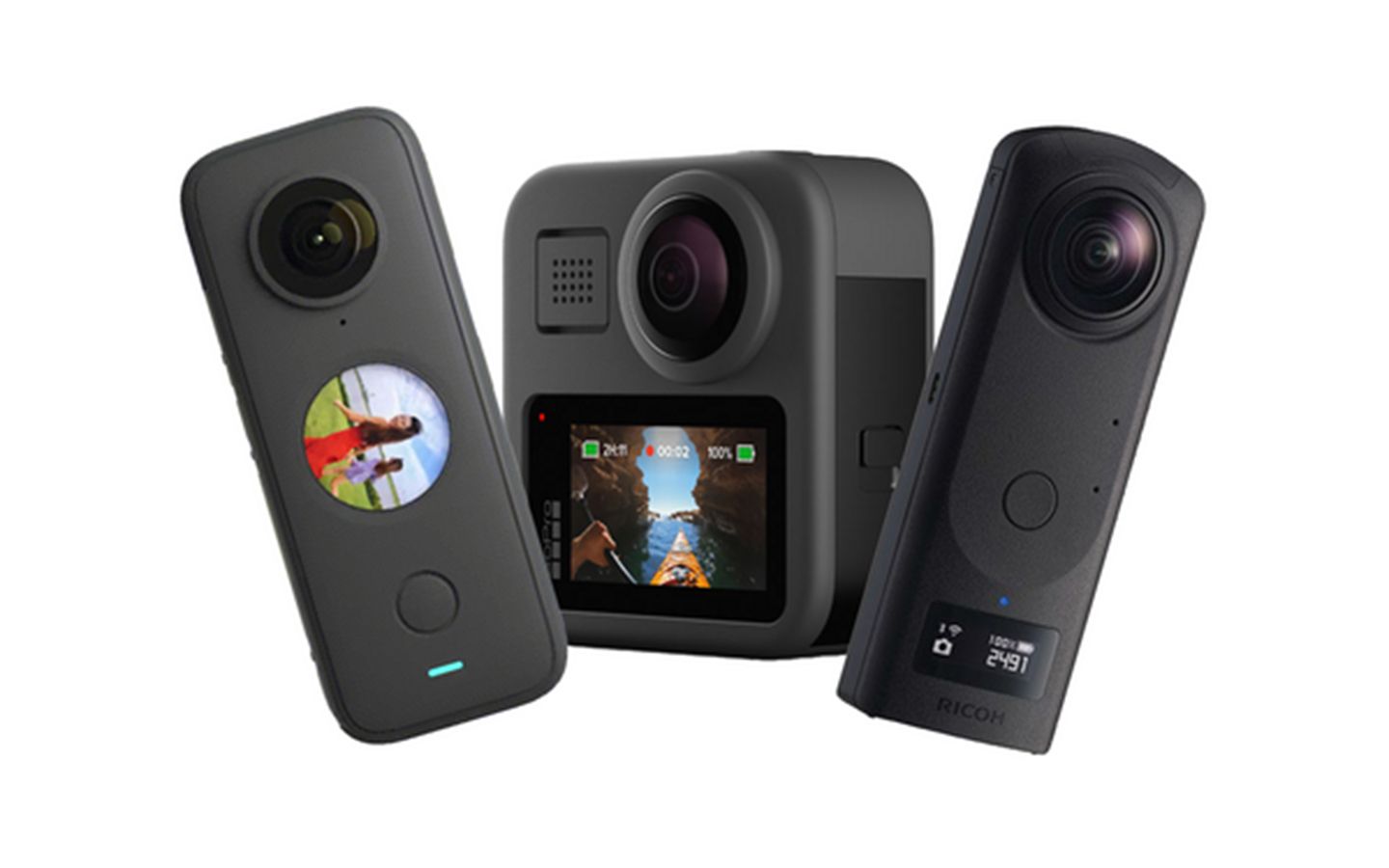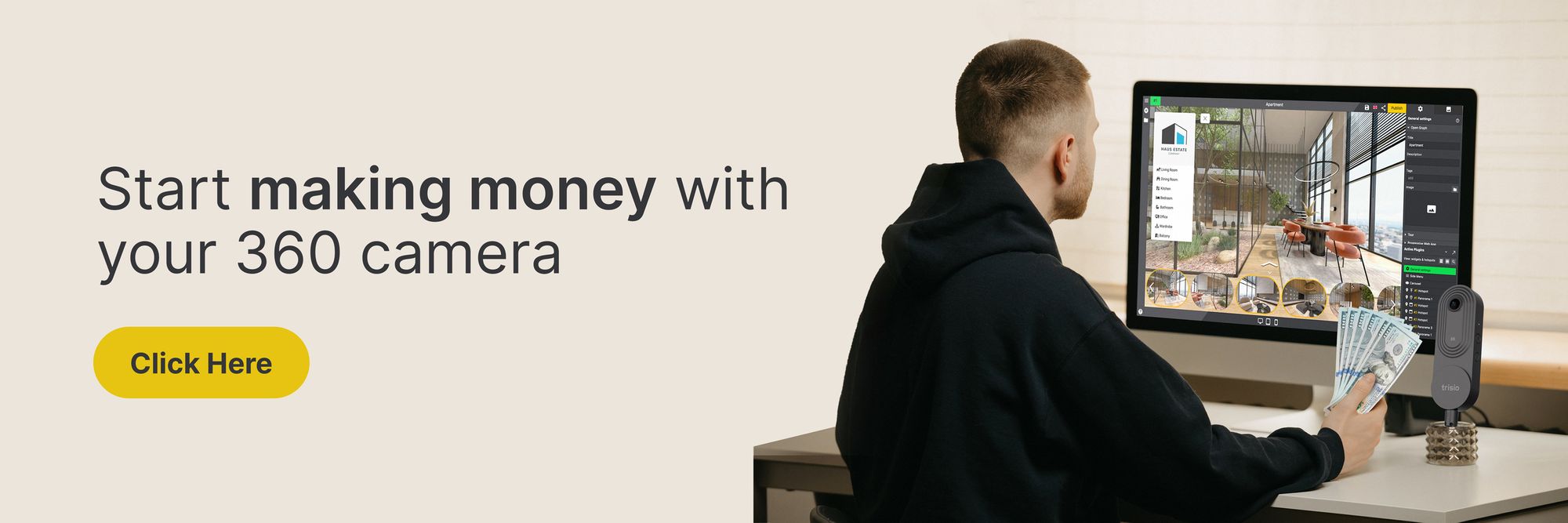360 Cameras vs DSLR Cameras: Which is Right for You?
The rise of 360 cameras has created a new wave of technology for photographers and videographers alike.

The rise of 360 cameras has created a new wave of technology for photographers and videographers alike. With the ability to capture 360-degree images and videos, these cameras have revolutionized how we experience virtual tours, photography, and videography. But how do they compare to DSLR Cameras? In this article, we'll explore the differences between 360 and DSLR Cameras and see which is better suited for certain situations.
The Advantages of 360 Cameras
First off, let's define what a 360 camera is. A 360 camera is a camera that captures a 360-degree view of the surrounding environment. It allows for a fully immersive experience when viewing the content. DSLR Cameras, on the other hand, capture a single point of view, usually in a rectangular format.

One of the most significant advantages of 360 cameras is their ability to create 360 virtual tours. Virtual tours are becoming increasingly popular, especially in the real estate industry. Using a 360 camera, real estate agents can capture every angle of a property and create a virtual tour allowing potential buyers to explore the property from the comfort of their own home. This can save buyers and agents a lot of time and resources, as they can physically narrow down the properties they want to visit.
Another advantage of 360 cameras is their ability to capture large groups of people or large spaces in a single shot. DSLR Cameras require multiple images and stitching them together to create a panoramic view. With a 360 camera, it's just a matter of placing the camera in the right spot and capturing everything in one go.
Comparison between 360 camera vs traditional camera
Comparison between 360 camera vs traditional camera
However, 360 cameras do have some limitations. For example, they typically have lower resolution compared to DSLR Cameras. This can be a problem when capturing small details or zooming in on a specific part of the image. Additionally, 360 cameras are not as versatile as traditional ones, as they are primarily designed to capture 360-degree views.

DSLR Cameras, on the other hand, are still the go-to choice for professional photographers and videographers. This is because they offer more control over the image, allowing photographers to adjust settings such as shutter speed, aperture, and ISO. This level of control is essential for capturing high-quality photos, especially in challenging lighting conditions. Another advantage of DSLR Cameras is their versatility. They can be used for various applications, from portrait photography to sports photography. They can also be used for videography and offer a higher resolution than 360 cameras.
Factors to Consider When Making a Decision

In terms of cost, DSLR Cameras are generally more expensive compared to 360 cameras. However, this is only sometimes the case, as there are high-end 360 cameras that can be just as expensive as DSLR Cameras.
So, which one should you choose? It depends on your needs. If you're primarily interested in creating 360 virtual tours or capturing large spaces, a 360 camera is the way to go. On the other hand, if you're a professional photographer or videographer or need more control over your images, a DSLR Camera is the better choice. In conclusion, 360 and DSLR Cameras have their strengths and weaknesses. While 360 cameras offer a unique and immersive experience, DSLR Cameras provide more control and versatility.

It comes down to what you're looking for in a camera and what you plan to use it for. Whether you choose a 360 camera or a DSLR Camera, both can capture stunning images and videos that will leave a lasting impression.
